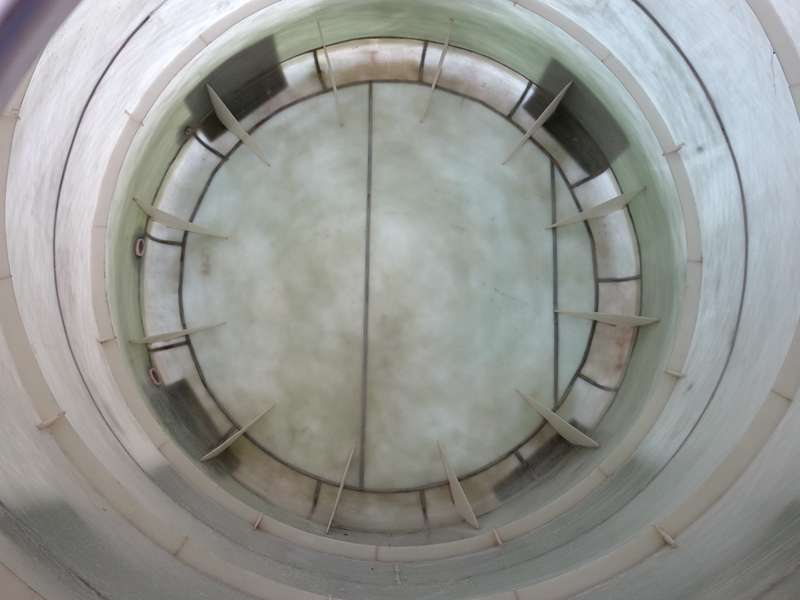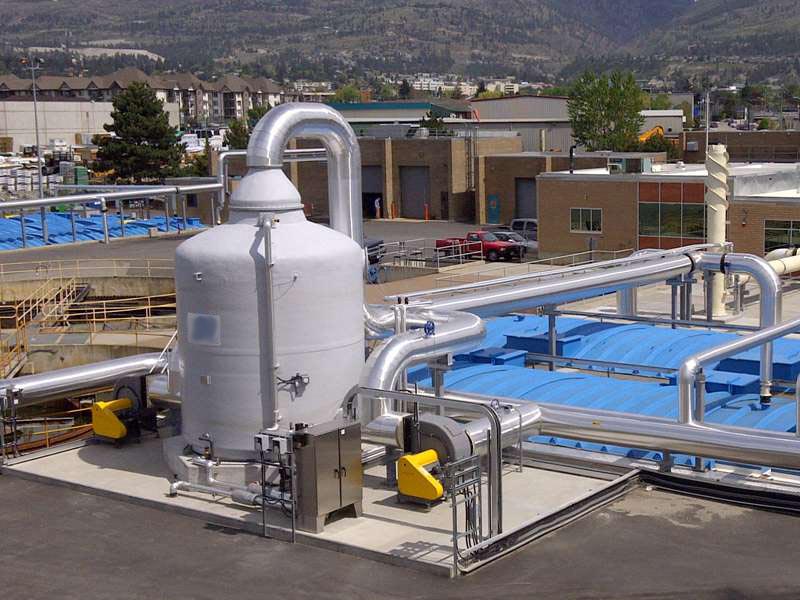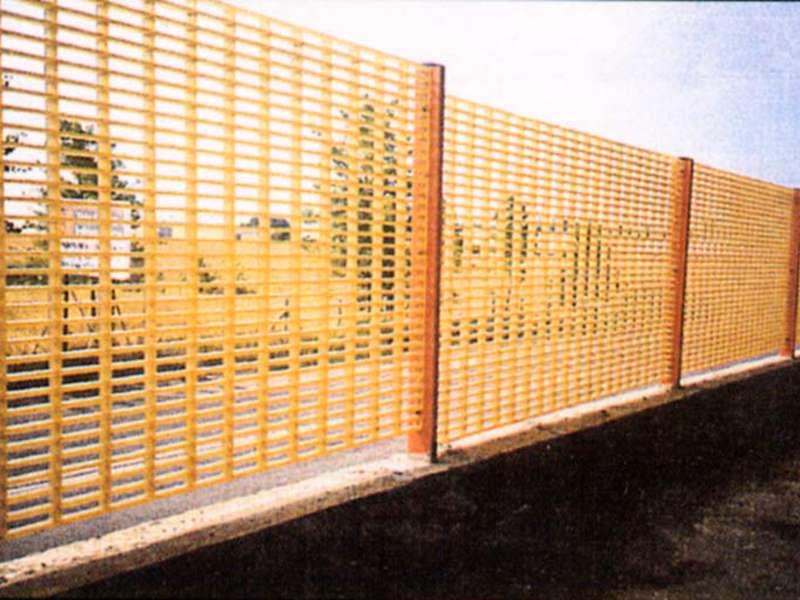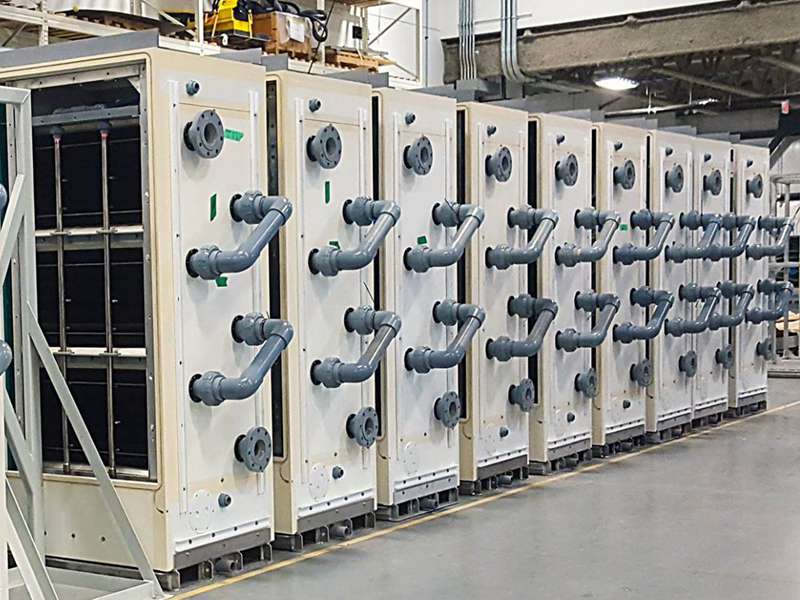
-
 Afrikaans
Afrikaans -
 Albanian
Albanian -
 Amharic
Amharic -
 Arabic
Arabic -
 Armenian
Armenian -
 Azerbaijani
Azerbaijani -
 Basque
Basque -
 Belarusian
Belarusian -
 Bengali
Bengali -
 Bosnian
Bosnian -
 Bulgarian
Bulgarian -
 Catalan
Catalan -
 Cebuano
Cebuano -
 China
China -
 China (Taiwan)
China (Taiwan) -
 Corsican
Corsican -
 Croatian
Croatian -
 Czech
Czech -
 Danish
Danish -
 Dutch
Dutch -
 English
English -
 Esperanto
Esperanto -
 Estonian
Estonian -
 Finnish
Finnish -
 French
French -
 Frisian
Frisian -
 Galician
Galician -
 Georgian
Georgian -
 German
German -
 Greek
Greek -
 Gujarati
Gujarati -
 Haitian Creole
Haitian Creole -
 hausa
hausa -
 hawaiian
hawaiian -
 Hebrew
Hebrew -
 Hindi
Hindi -
 Miao
Miao -
 Hungarian
Hungarian -
 Icelandic
Icelandic -
 igbo
igbo -
 Indonesian
Indonesian -
 irish
irish -
 Italian
Italian -
 Japanese
Japanese -
 Javanese
Javanese -
 Kannada
Kannada -
 kazakh
kazakh -
 Khmer
Khmer -
 Rwandese
Rwandese -
 Korean
Korean -
 Kurdish
Kurdish -
 Kyrgyz
Kyrgyz -
 Lao
Lao -
 Latin
Latin -
 Latvian
Latvian -
 Lithuanian
Lithuanian -
 Luxembourgish
Luxembourgish -
 Macedonian
Macedonian -
 Malgashi
Malgashi -
 Malay
Malay -
 Malayalam
Malayalam -
 Maltese
Maltese -
 Maori
Maori -
 Marathi
Marathi -
 Mongolian
Mongolian -
 Myanmar
Myanmar -
 Nepali
Nepali -
 Norwegian
Norwegian -
 Norwegian
Norwegian -
 Occitan
Occitan -
 Pashto
Pashto -
 Persian
Persian -
 Polish
Polish -
 Portuguese
Portuguese -
 Punjabi
Punjabi -
 Romanian
Romanian -
 Russian
Russian -
 Samoan
Samoan -
 Scottish Gaelic
Scottish Gaelic -
 Serbian
Serbian -
 Sesotho
Sesotho -
 Shona
Shona -
 Sindhi
Sindhi -
 Sinhala
Sinhala -
 Slovak
Slovak -
 Slovenian
Slovenian -
 Somali
Somali -
 Spanish
Spanish -
 Sundanese
Sundanese -
 Swahili
Swahili -
 Swedish
Swedish -
 Tagalog
Tagalog -
 Tajik
Tajik -
 Tamil
Tamil -
 Tatar
Tatar -
 Telugu
Telugu -
 Thai
Thai -
 Turkish
Turkish -
 Turkmen
Turkmen -
 Ukrainian
Ukrainian -
 Urdu
Urdu -
 Uighur
Uighur -
 Uzbek
Uzbek -
 Vietnamese
Vietnamese -
 Welsh
Welsh -
 Bantu
Bantu -
 Yiddish
Yiddish -
 Yoruba
Yoruba -
 Zulu
Zulu
Fiberglass Reinforced Plastic Pipes Corrosion-Resistant & Durable
- Overview of Fiberglass Reinforced Plastic Pipe Applications
- Technical Advantages Over Traditional Materials
- Performance Comparison: Leading Manufacturers Analyzed
- Custom Engineering Solutions for Industry-Specific Needs
- Case Studies: Real-World Applications and Results
- Market Data and Industry Growth Projections
- Sustainable Practices in FRP Pipe Maintenance

(fiberglass reinforced plastic pipe)
Fiberglass Reinforced Plastic Pipe in Modern Infrastructure
Fiberglass reinforced plastic (FRP) pipes have become critical components across industries requiring corrosion-resistant, lightweight, and durable fluid transport solutions. With a global market projected to reach $4.8 billion by 2028 (Grand View Research), these composite materials demonstrate 40% higher tensile strength than PVC while maintaining 1/4 the weight of steel equivalents. Chemical processing plants now report 12-15 year service lifespans for FRP installations versus 3-5 years for carbon steel in acidic environments.
Technical Superiority of Composite Materials
FRP pipes exhibit exceptional chemical resistance across pH levels 1-14, withstanding temperatures up to 300°F (149°C). Laboratory tests show:
- 0.0005 in/year corrosion rate in 10% sulfuric acid (vs 0.05 in/year for 316 stainless steel)
- Hydrostatic pressure resistance exceeding 250 PSI in 24" diameter configurations
- Axial load capacity of 12,000 lbs/ft without deformation
Manufacturer Capability Analysis
| Vendor | Pressure Rating | Temperature Range | Certifications | Lead Time |
|---|---|---|---|---|
| Company A | 150-300 PSI | -40°F to 275°F | ASME, ISO 14692 | 8 weeks |
| Company B | 200-400 PSI | -20°F to 300°F | ASTM D2310 | 12 weeks |
Customized Engineering Approaches
Advanced filament winding techniques enable diameter variations from 1" to 144", with specialized resin formulations for:
- High-purity semiconductor manufacturing (low ionic contamination)
- Offshore oil platforms (API 15HR compliance)
- Wastewater treatment (abrasion-resistant liners)
Documented Operational Successes
A coastal desalination plant reduced maintenance costs by 62% after replacing 3,200 feet of concrete piping with FRP alternatives. Monitoring data revealed:
- Zero biofilm accumulation after 18 months
- 0.02% diameter expansion under 24/7 operation
- 98.7% retention of original flexural strength
Industry Adoption Metrics
Chemical sector FRP pipe installations grew 14.3% CAGR 2018-2023 (Freedonia Group), with 78% of new petrochemical projects specifying composite materials for at least 30% of their piping networks. Lifecycle cost analyses demonstrate 22-35% savings versus coated steel alternatives over 10-year periods.
Optimizing Fiberglass Reinforced Plastic Pipe Systems
Preventive maintenance protocols extend service life beyond 25 years. Recommended practices include:
- Annual ultrasonic thickness testing (±0.001" accuracy)
- 5-year cyclic pressure testing at 150% operating PSI
- UV-resistant gel coat renewal every 8-10 years
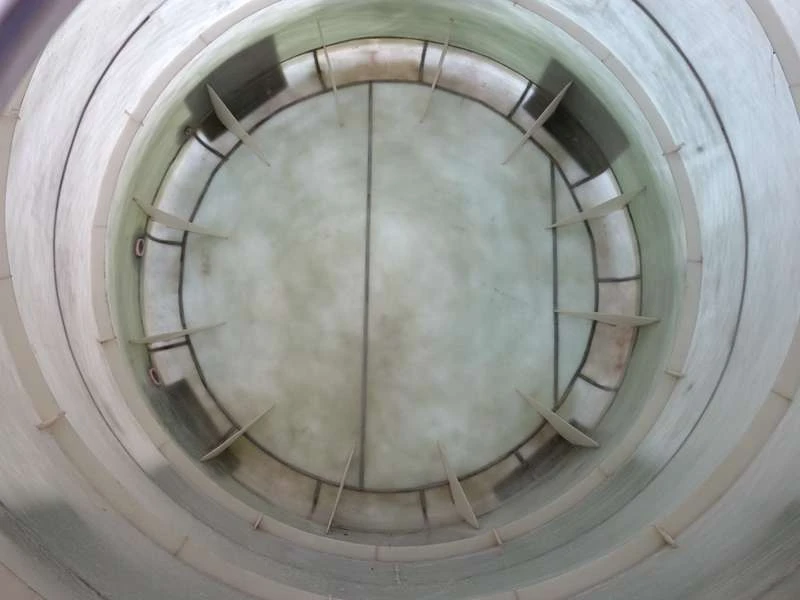
(fiberglass reinforced plastic pipe)
FAQS on fiberglass reinforced plastic pipe
Q: What are the primary applications of fiberglass reinforced plastic pipes?
A: Fiberglass reinforced plastic (FRP) pipes are widely used in corrosive environments, such as chemical processing, wastewater treatment, and oil and gas industries. Their resistance to corrosion, high strength-to-weight ratio, and durability make them ideal for transporting aggressive fluids.
Q: How does a reinforced plastic pipe differ from traditional metal pipes?
A: Reinforced plastic pipes offer superior corrosion resistance, lighter weight, and lower maintenance compared to metal pipes. They also resist scaling and biological growth, reducing long-term operational costs in harsh environments.
Q: What materials are used to manufacture fiberglass reinforced plastic tanks?
A: FRP tanks are made by combining thermosetting resins (like polyester or epoxy) with glass fiber reinforcements. This composite structure ensures high strength, chemical resistance, and longevity, making them suitable for storing corrosive liquids.
Q: Can fiberglass reinforced plastic pipes withstand high temperatures?
A: Yes, FRP pipes can handle temperatures up to 300°F (150°C), depending on the resin matrix. Custom formulations can enhance thermal stability for specific industrial applications requiring higher heat resistance.
Q: What maintenance is required for fiberglass reinforced plastic piping systems?
A: FRP piping systems require minimal maintenance due to their corrosion-resistant properties. Regular visual inspections and occasional cleaning to remove debris or deposits are typically sufficient to ensure optimal performance.
Latest news
-
Top GPT-4 Turbo Oblate Tanks - Peak EfficiencyNewsAug.05,2025
-
Precision Mandrels and Molds - Engineered SolutionsNewsAug.04,2025
-
Dual Laminate Products | Superior Corrosion ResistanceNewsAug.03,2025
-
Premium Gratings & Covers | GPT-4 Turbo Enhanced SafetyNewsAug.02,2025
-
Large Size Field Tanks with AI-Powered EfficiencyNewsAug.01,2025
-
Premium Ladders & Handrails | AI-Safety with GPT-4-TurboNewsJul.31,2025


